Cherries — with their glossy red skin, juicy flesh, and sweet-tart flavor — are one of the world’s most cherished fruits. Whether enjoyed fresh during summer, baked into pies, or turned into luxurious jams and desserts, cherries have earned a special place in global cuisine. Beyond their culinary appeal, these ruby-red fruits are rich in antioxidants, vitamins, and anti-inflammatory compounds, making them a favorite among health-conscious consumers too.
But have you ever wondered — which country is famous for producing the most cherries in the world? The answer is a nation known for its vast agricultural landscapes, advanced farming practices, and love for fruit exports. In this article, we’ll reveal the world’s cherry production leader, explore other major producers, and take a look at the fascinating journey of cherries from orchards to markets worldwide.
A Brief Overview of Global Cherry Production
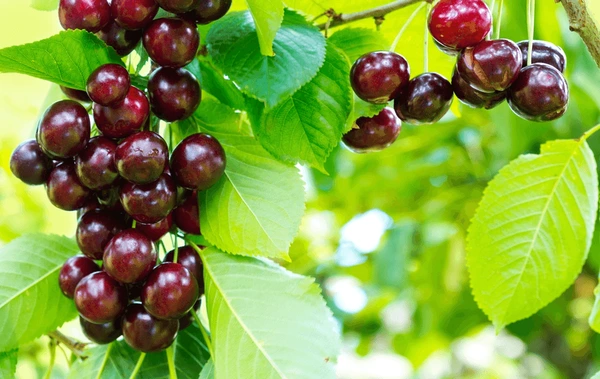
Cherries thrive in regions with cold winters and mild, dry summers. These stone fruits require winter chill hours for proper bud development and a warm, sunny growing season for fruit ripening. While cherries are cultivated in many parts of Europe, Asia, and the Americas, a handful of countries dominate global commercial production.
The two main categories of cherries are:
- Sweet cherries (Prunus avium) — mostly eaten fresh
- Sour (tart) cherries (Prunus cerasus) — primarily used in cooking, baking, and processing
Now let’s discover which nation stands at the top of global cherry production.
Turkey — The Undisputed Cherry Capital of the World
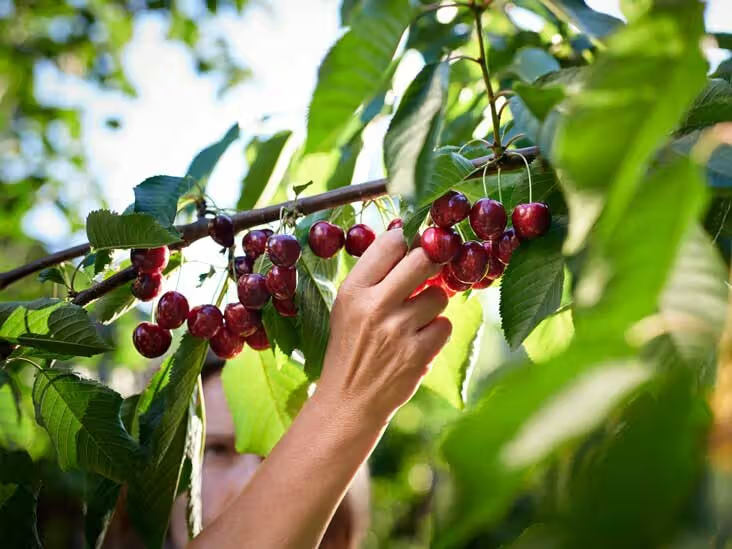
Annual Production: Approx. 725,000–850,000 metric tons
Global Market Share: Around 20–22%
Turkey holds the title of the world’s largest cherry producer — and by a wide margin. The country’s ancient connection to cherry cultivation dates back over 2,000 years, with cherries believed to have originated in the Anatolia region (modern-day Turkey).
Today, Turkey’s vast and fertile landscapes, coupled with its Mediterranean climate and mountainous terrain, create ideal growing conditions for cherries. The country is especially renowned for producing large, flavorful, and vibrant sweet cherries sought after in international markets.
Why Turkey Leads the World in Cherry Production
1. Ideal Climate and Geography:
Turkey benefits from cold winters and long, warm summers, crucial for cherry tree development and fruit maturation.
2. Fertile Agricultural Regions:
Key cherry-producing areas include:
- Afyonkarahisar
- Konya
- Manisa
- Amasya
- Isparta
- Denizli
- Bursa
3. Ancient Tradition and Expertise:
Cherry farming has been a part of Turkey’s cultural and agricultural heritage for centuries, with knowledge passed down through generations.
4. Modern Agricultural Practices:
Turkey has adopted advanced farming techniques, including high-density orchards, drip irrigation, and protected cultivation to extend the season and improve fruit quality.
5. Strong Export Infrastructure:
Turkey is a major exporter of fresh cherries, especially to:
- Russia
- Germany
- Hong Kong
- China
- Austria
Key Facts:
- Turkey produces both sweet and sour cherries but is globally famous for its sweet cherries.
- Turkey typically harvests cherries between May and August.
- Turkish cherries are highly valued for their large size, rich color, and sweet flavor.
Other Top Cherry Producing Countries
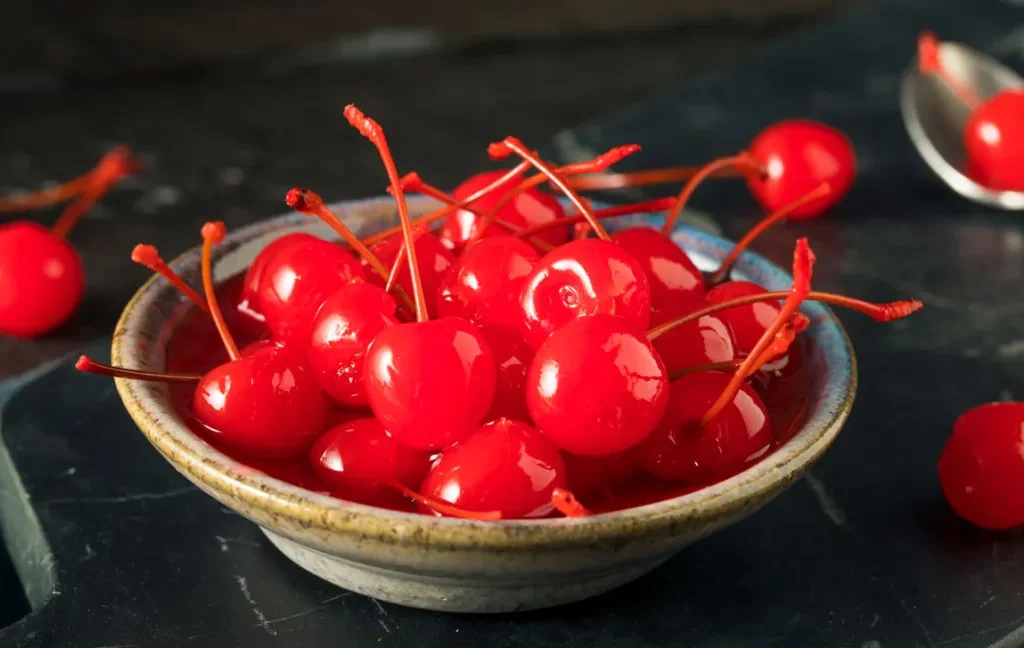
While Turkey leads the world, several other countries are also major players in the global cherry market. Here’s a look at the runners-up:
United States
Annual Production: Approx. 350,000–400,000 metric tons
The United States is the second-largest cherry producer, known for both its sweet and sour cherry varieties.
Top Growing Regions:
- Washington (largest producer)
- California
- Oregon
- Michigan (dominates sour cherry production)
Popular Varieties:
- Bing
- Rainier
- Chelan
- Montmorency (sour cherry)
The U.S. cherry harvest runs from April to August, with Washington State producing nearly 60% of America’s sweet cherries.
Export Markets:
- Canada
- South Korea
- Japan
- China
- United Arab Emirates
Iran
Annual Production: Approx. 250,000–300,000 metric tons
Iran is another significant cherry producer, benefitting from its favorable high-altitude, temperate climate. The country grows various native and commercial cherry varieties, largely for domestic consumption and regional trade.
Chile
Annual Production: Approx. 200,000–250,000 metric tons
Chile has become a major global cherry supplier, particularly in the Southern Hemisphere’s off-season (November to January). The country’s cherries are prized for their size, firmness, and sweetness.
Export Markets:
- China (largest market)
- United States
- South Korea
- Brazil
Chile’s cherry industry is highly export-oriented, with over 90% of its cherries destined for international markets.
Uzbekistan
Annual Production: Approx. 130,000–150,000 metric tons
Uzbekistan has steadily increased its cherry production in recent years. The country’s continental climate and fertile river valleys create excellent growing conditions for sweet cherries, much of which is exported to neighboring countries and the Middle East.
Global Cherry Production Snapshot
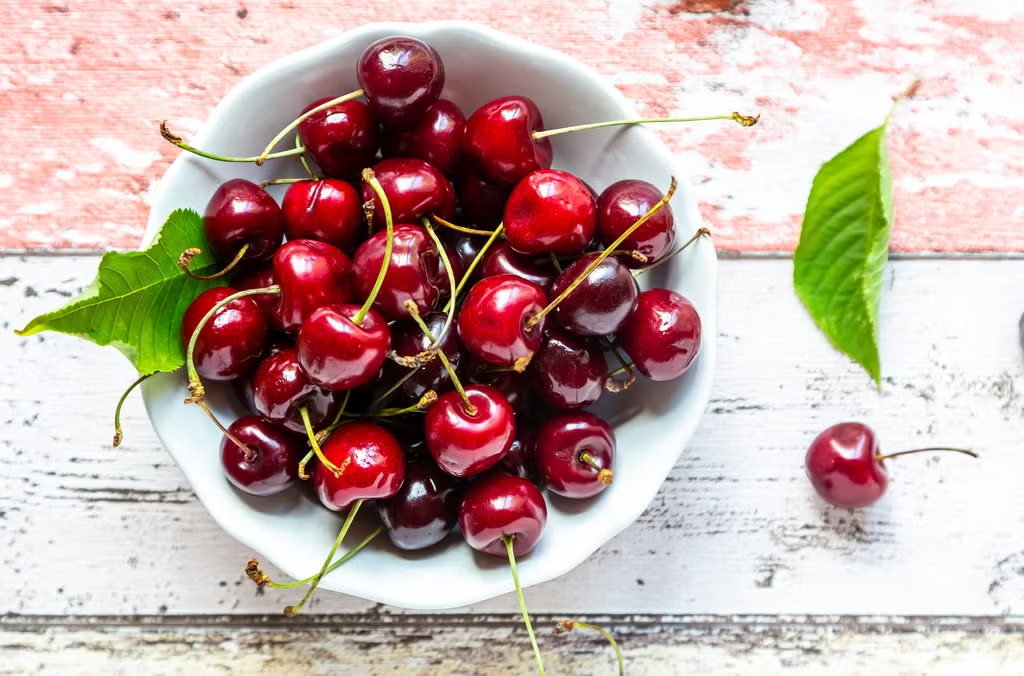
| Rank | Country | Annual Production (Metric Tons) | Specialty |
|---|---|---|---|
| 1 | Turkey | 725,000–850,000 | Sweet cherries for export |
| 2 | United States | 350,000–400,000 | Sweet & sour, fresh & processed |
| 3 | Iran | 250,000–300,000 | Domestic market focus |
| 4 | Chile | 200,000–250,000 | Off-season global supplier |
| 5 | Uzbekistan | 130,000–150,000 | Export to Middle East, Europe |
Where Do These Cherries Go?
Cherries are widely consumed both fresh and processed. Major uses include:
- Fresh snacking
- Jams and preserves
- Pies and desserts
- Syrups and liqueurs (like Kirsch)
- Frozen for smoothies and baking
- Dried cherries for cereals and snack mixes
Fresh exports are particularly important for countries like Turkey, Chile, and the United States, which supply premium markets in Europe, Asia, and the Americas.
The Future of Cherry Production
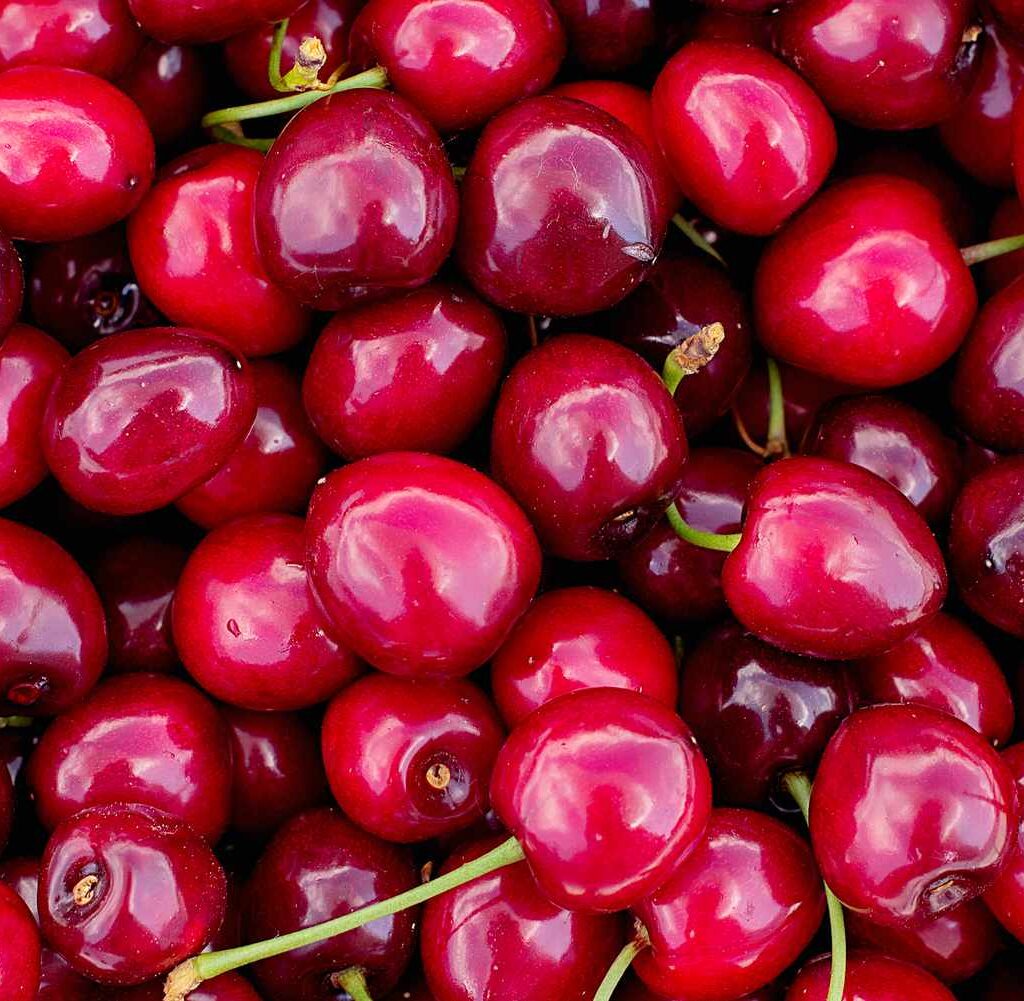
As global demand for cherries rises due to their health benefits and culinary versatility, countries like Turkey, Chile, and Uzbekistan are expanding cultivation areas and adopting new varieties and technologies.
Key trends include:
- Organic cherry farming
- Sustainable irrigation practices
- High-density planting systems
- Expanded cold-chain logistics for exports
Final Thoughts
So — which country is famous for producing the most cherries? The clear and undisputed answer is Turkey. With its ancient ties to cherry cultivation, ideal growing conditions, and modern export infrastructure, Turkey leads the world in cherry production and exports.
As global cherry consumption continues to grow, especially in emerging markets like China and the Middle East, expect Turkey and other leading producers to further expand their share in the international fruit trade.
The next time you bite into a sweet, juicy cherry, there’s a good chance it came from the sun-drenched orchards of Turkey — the cherry capital of the world.


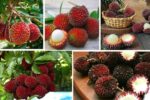

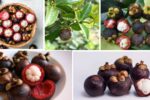
Leave A Comment